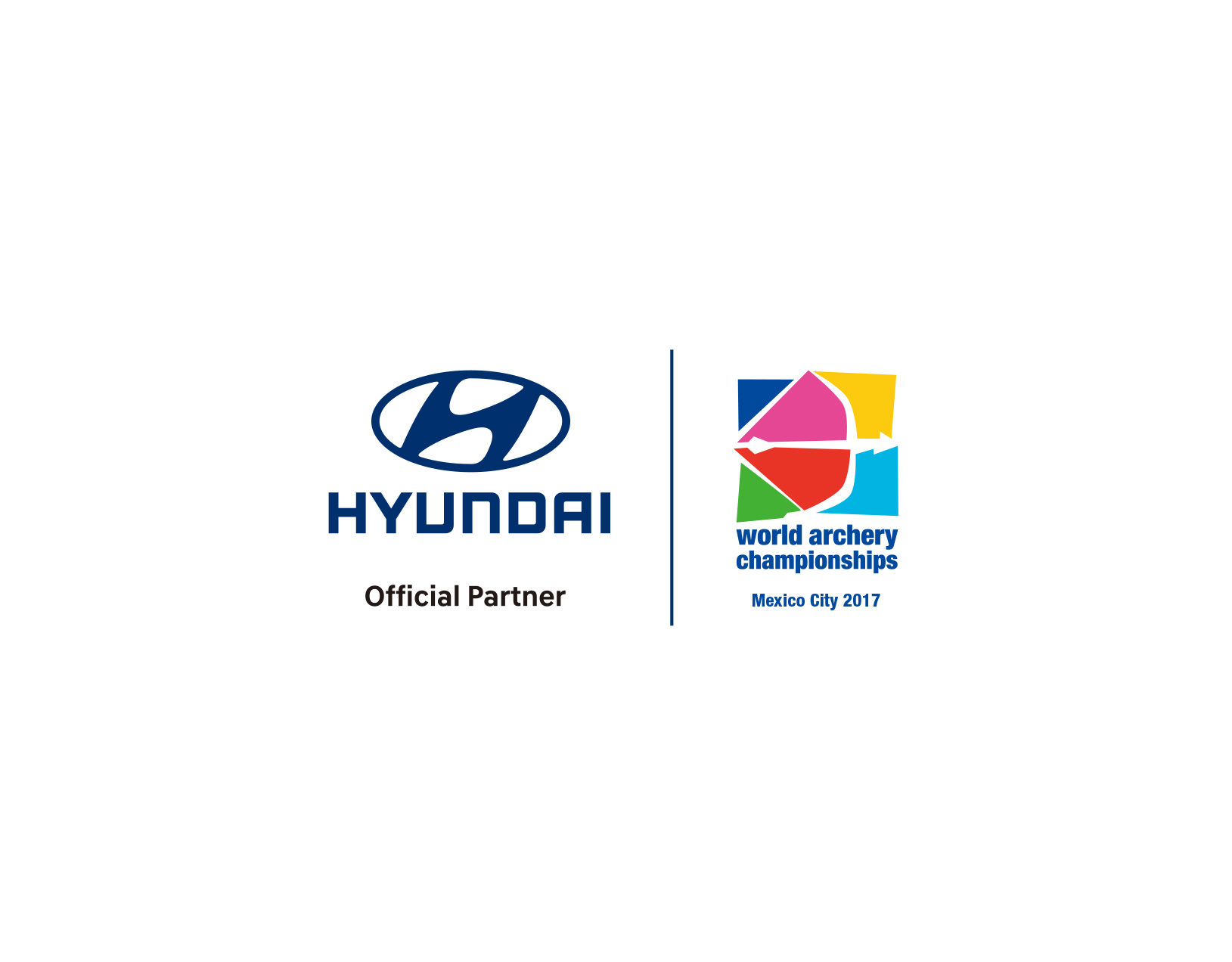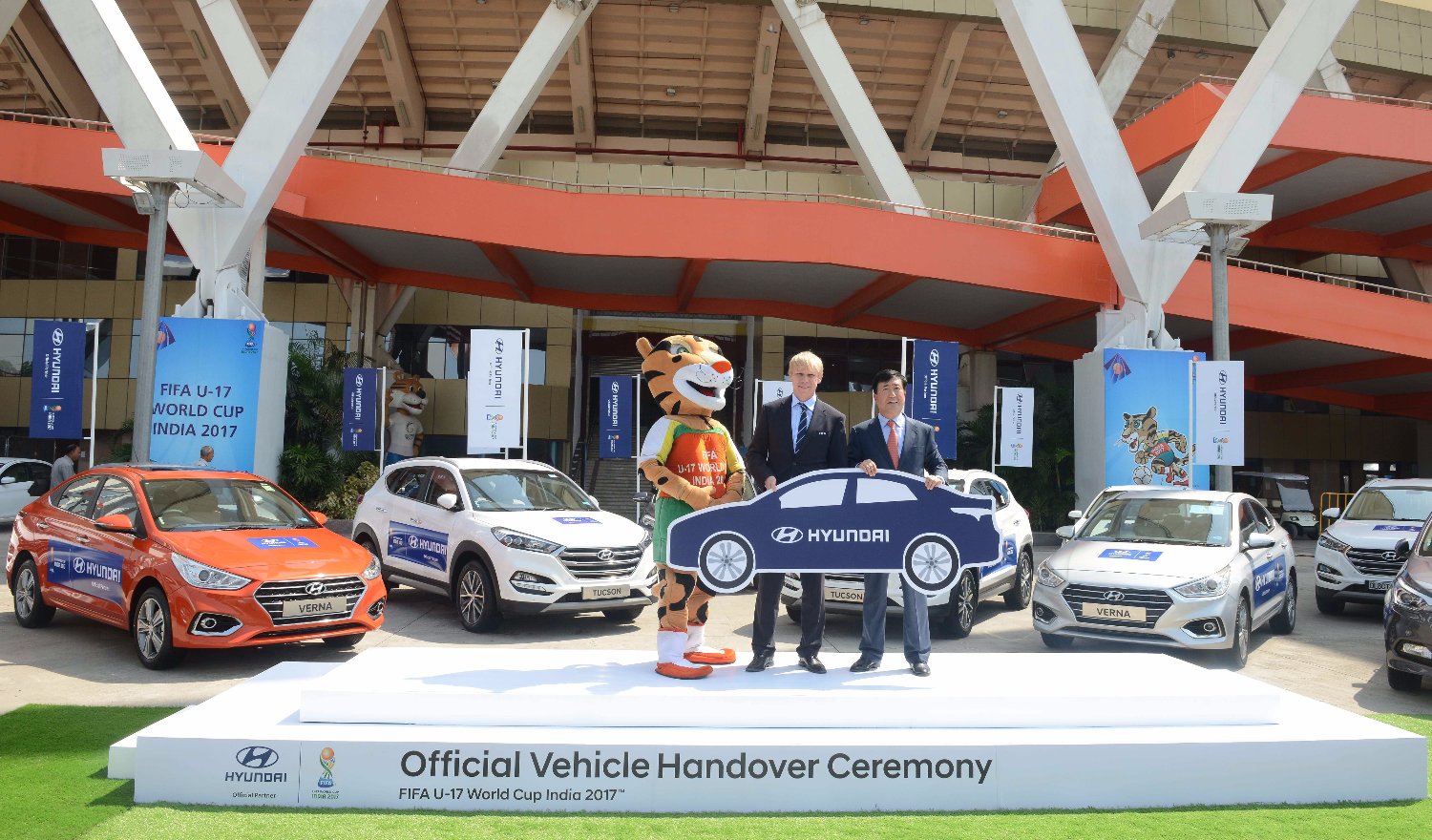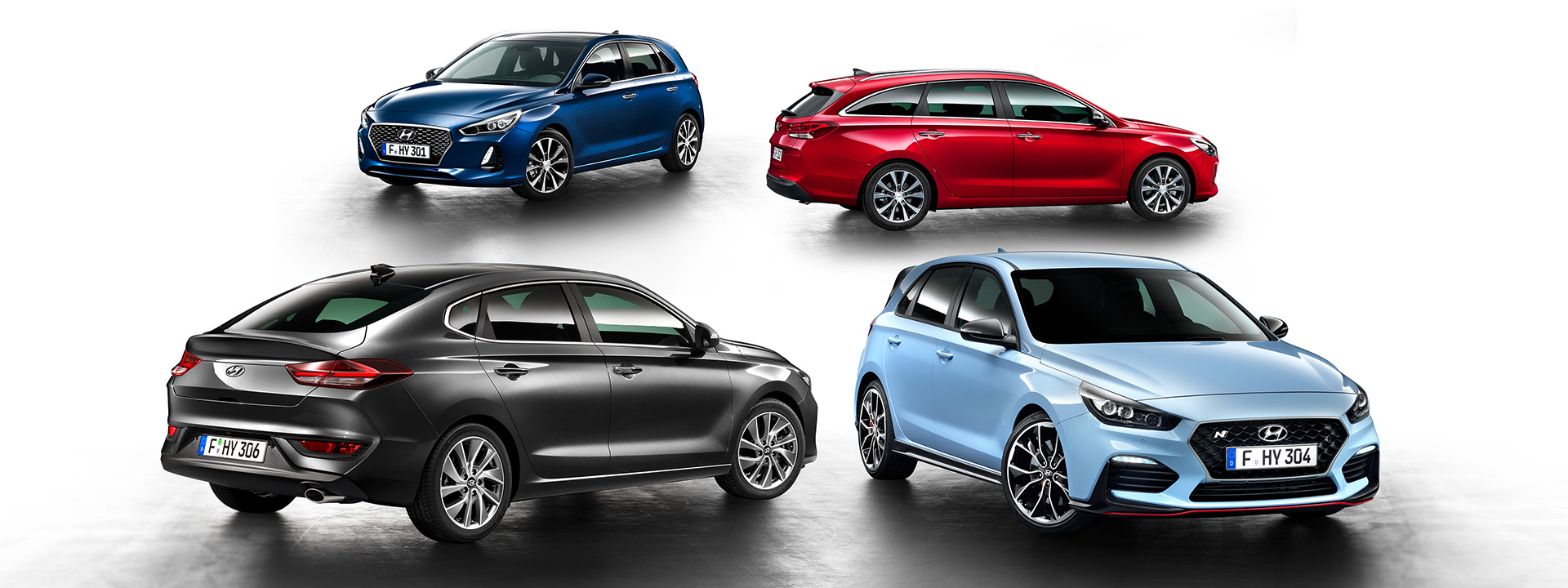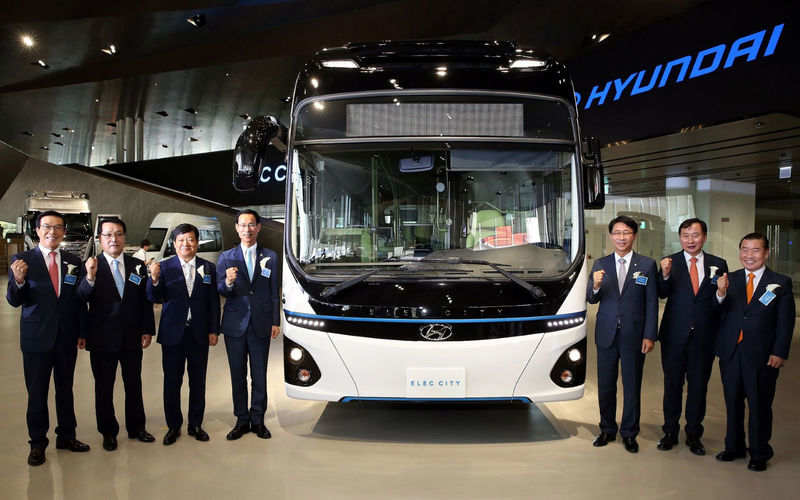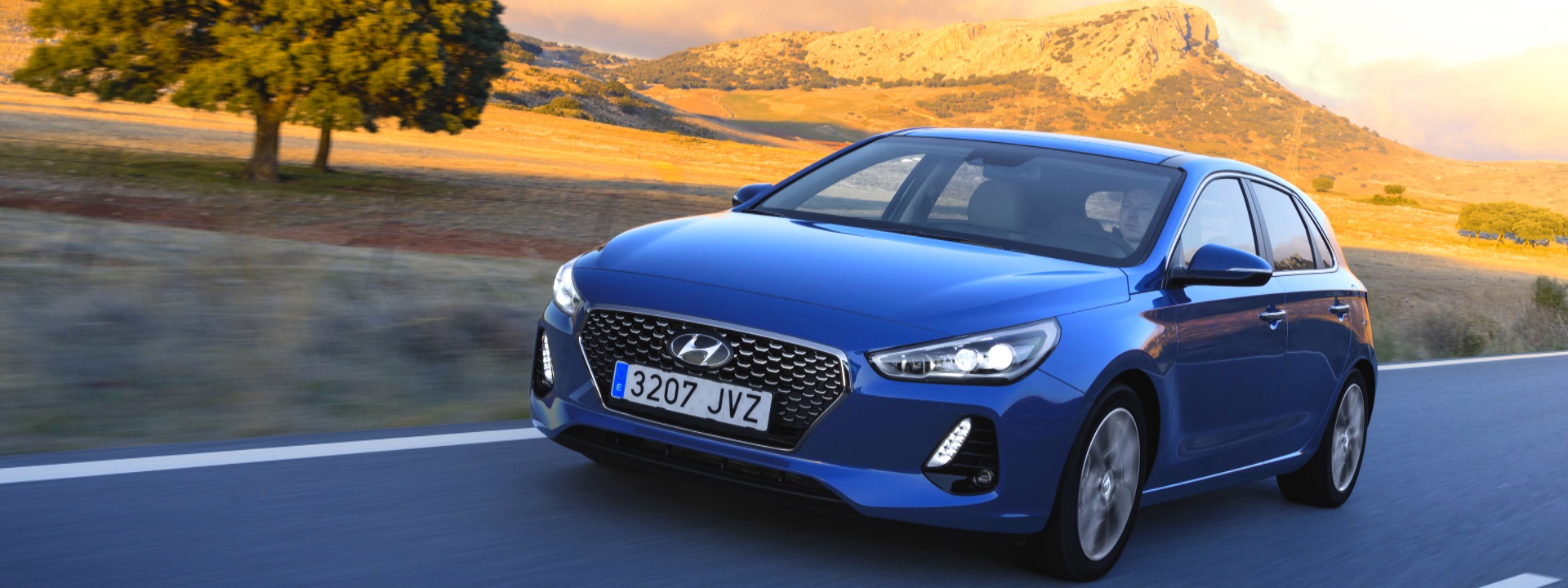Hyundai Motor is targeting a successful tournament as a title sponsor of the 2017 World Archery Championships that commenced on October 15 in Mexico City. A total of 376 world-class archers from 61 countries around the world will compete over the next seven days for one of the most renowned titles in the sport.
The Hyundai Fan Park beside the venue in Zocalo Square, Mexico City, will open on October 21-22 to relay all the action from the final stages of the tournament. Visitors to the Fan Park can experience the sport first-hand, with an archery clinic and demonstrations from members of the Mexico archery team, including Linda Ochoa and Juan Rene Serrano.
During the tournament, Hyundai Motor – together with the World Archery Federation – is taking steps to help the region recover from September’s earthquakes, following a $150,000 donation to the Red Cross by Hyundai Motor Mexico and its local dealers to help aid the recovery project.
“It is our hope that the Hyundai Fan Park, which is free to enter while the championships take place, will help deliver a positive spectacle of sport and offer solidarity for the people of Mexico, following a period of intense hardship in the region,” Scott Noh, Head of Overseas Marketing Group, Hyundai Motor Company said. “Hyundai Motor’s support for the World Archery Championships continues our commitment to support the biggest global sports events, enabling us to connect with fans around the world and share our brand values with them.”
As sponsors of the sport’s global governing body, the World Archery Federation, Hyundai Motor will provide eight vehicles for officials, organizers of the event and for the transportation of VIPs in Mexico. Hyundai models including the Accent and Sonata sedans will also be on display around the Zocalo Square Fan Park, alongside the latest Tucson and Grand Santa Fe SUVs.
“We thank Hyundai Motor for its ongoing support of global archery, especially as Mexico and its capital city continue to recover following recent tragic events. It is especially admirable to see the brand encouraging people to take up sport, in this case using the World Archery Championships as a platform, to give people the chance to experience something new,” Said Horacio de la Vega Flores, President of Organizing Committee of 2017 World Archery Championships and Managing Director of the Sport Institute in Mexico City.
Hyundai Motor has a long-standing association with archery, having supported the Korea Archery Association since 1985, by assisting athletes through sports science and providing cutting-edge equipment.
In Korea, the Hyundai MOBIS women’s archery team and men’s Hyundai Steel team are both world-class teams, each playing a crucial role in the development of Korean archery.
courtesy: www.hyundai.com

